Category: Games
-
RedWire post for EduGamesHub
I guest-wrote a post for the EduGamesHub blog about the RedWire hackathon in London. http://edugameshub.com/running-hackday-remixing-redwire/
-
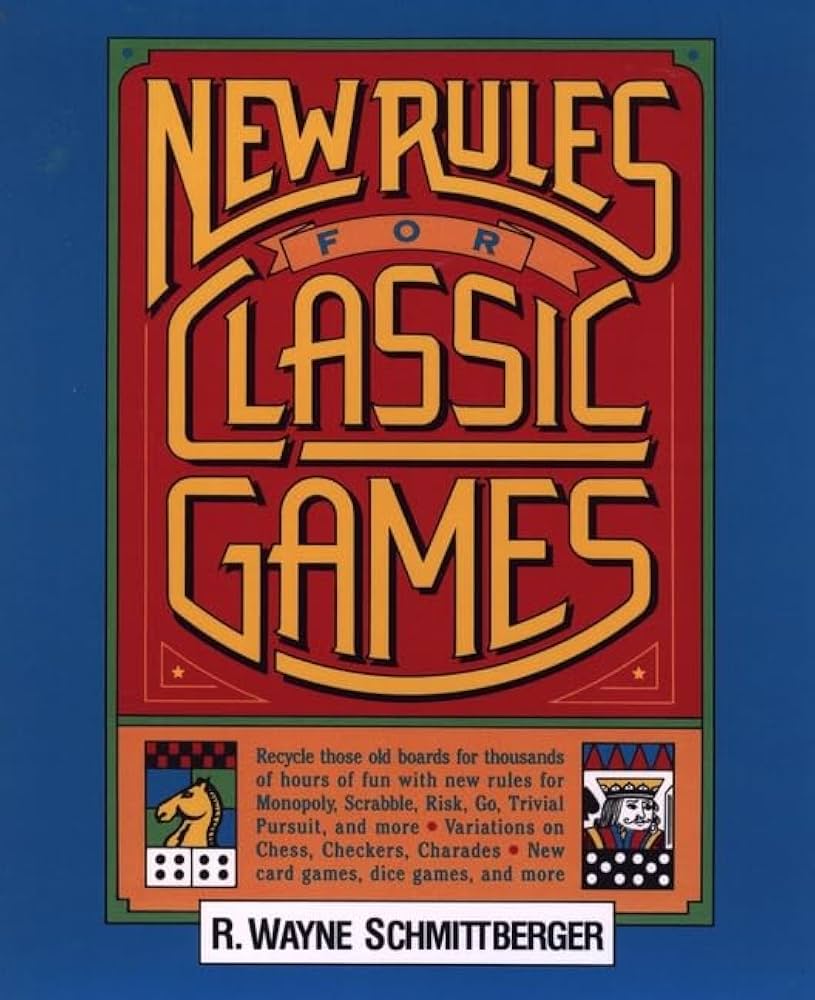
New Rules for Classic Games
Reposted from Gamelier It’s a bit hard to find, but New Rules for Classic Games, by Wayne Schmittberger, is full of intriguing ideas and creative takes on well-known games. It was originally published back in 1992. As the subtitle says “Recycle those old boards for thousands of hours of fun with new rules for Monopoly, Scrabble, Risk,…
-
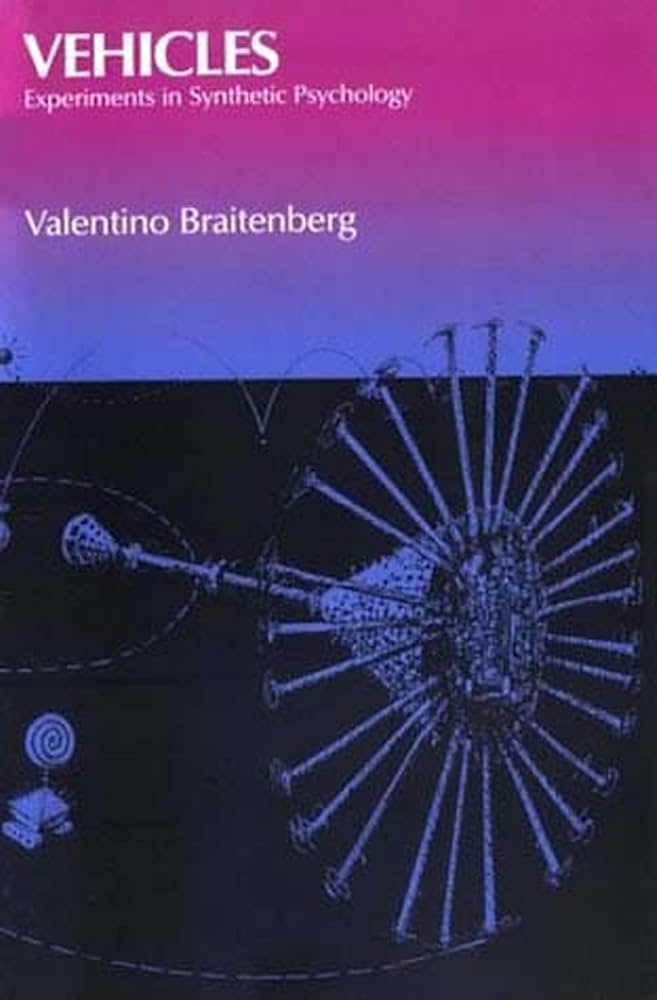
Vehicles by Valentino Braitenberg
With the excitement and activity of A-MAZE calming down, I finally have a moment to write about a rich book that I will want to read again and again- Vehicles: Experiments in Synthetic Psychology by Valentino Braitenberg. Since it was written in 1984, I’m truly lucky that a colleague from the Gamelier recommended it to…
-
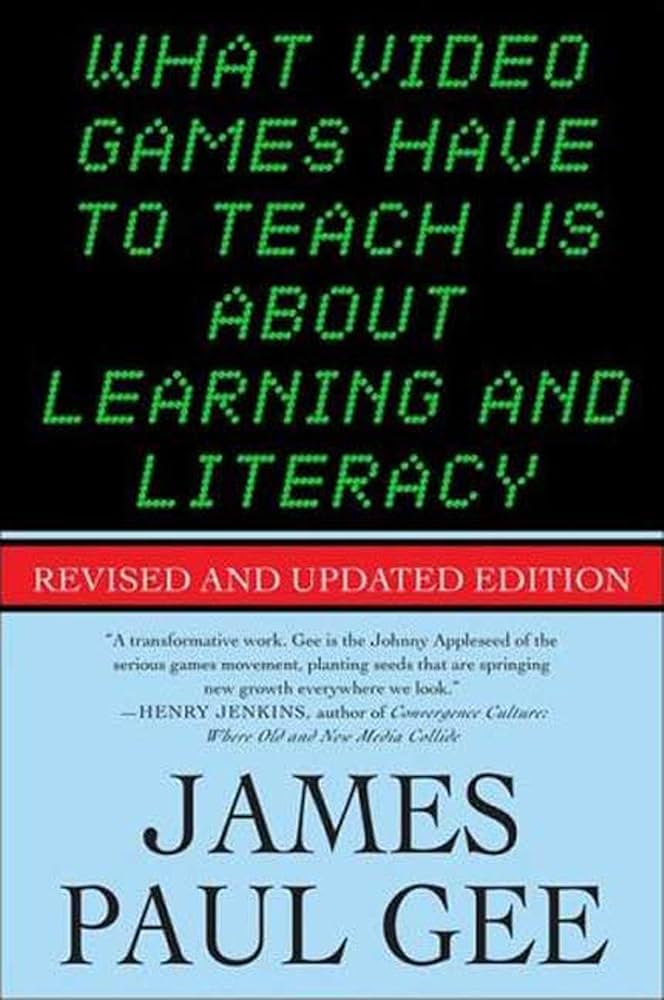
What Video Games have to Teach Us about Learning and Literacy by James Paul Gee
“What Video Games have to Teach Us about Learning and Literacy” is a book about how video games motivate players to learn how to play them, despite or even due to their complexity and difficulty. James Paul Gee compares how players learn video games to how people learn in school, and discusses how schools…
-
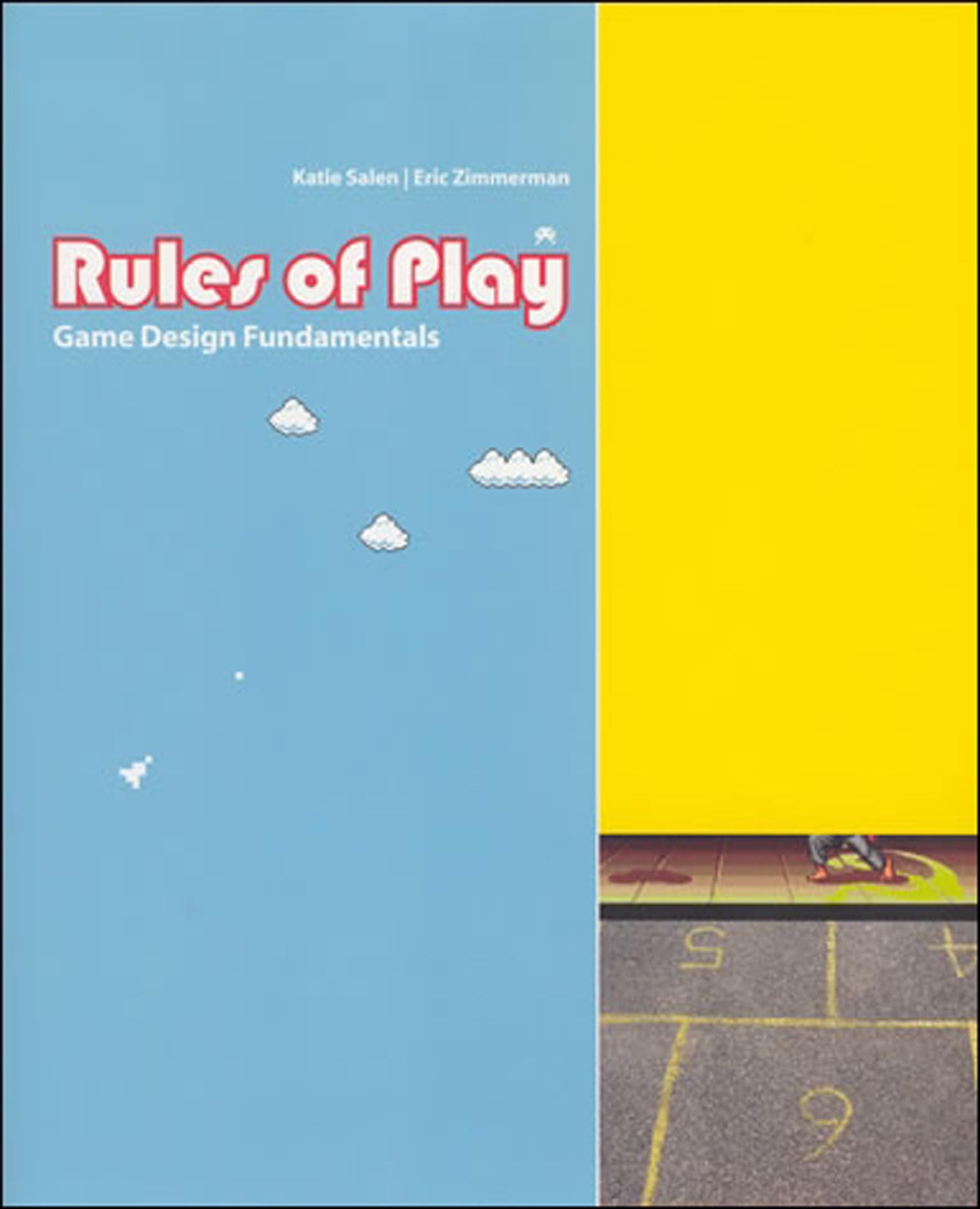
Rules of Play
Rules of Play: Game Design Fundamentals was written by Katie Salen (who co-created Quest to Learn) and Eric Zimmerman (from the NYU Game Center). Its is a BIG book, by which it means it covers a lot of ground, but also that is very long. I have to that I wish it went about twice…
-
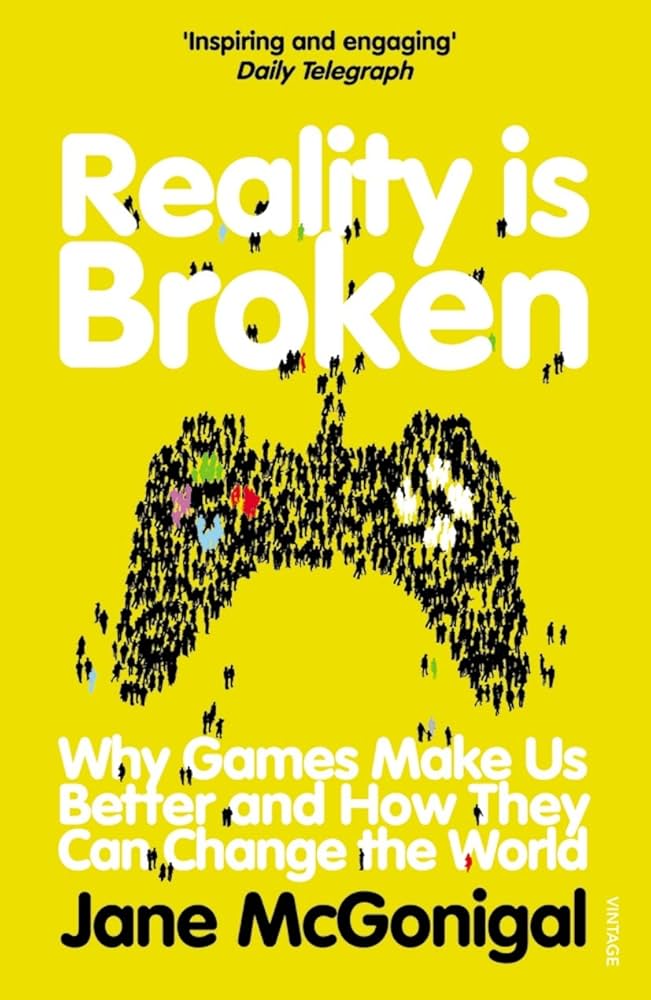
Reality is Broken
I finished reading “Reality Is Broken” by Jane McGonigal. It’s a pretty long book (370 pages), but very well written. I highly recommend reading at lest the first few chapters. The author explains how playing games is essentially doing “work” for our brains and bodies, and how, quite logically, humans have evolved to enjoy…
-
Darwin DeathMatch
The Nightscience Hackathon just finished, and I’m writing this on the long train ride home. It was a lot of fun, and though we didn’t get nearly as far as we had naively hoped, I’m happy that we have a decent proof-of-concept to show about our evolution game. Please go ahead and play it, but don’t…
-
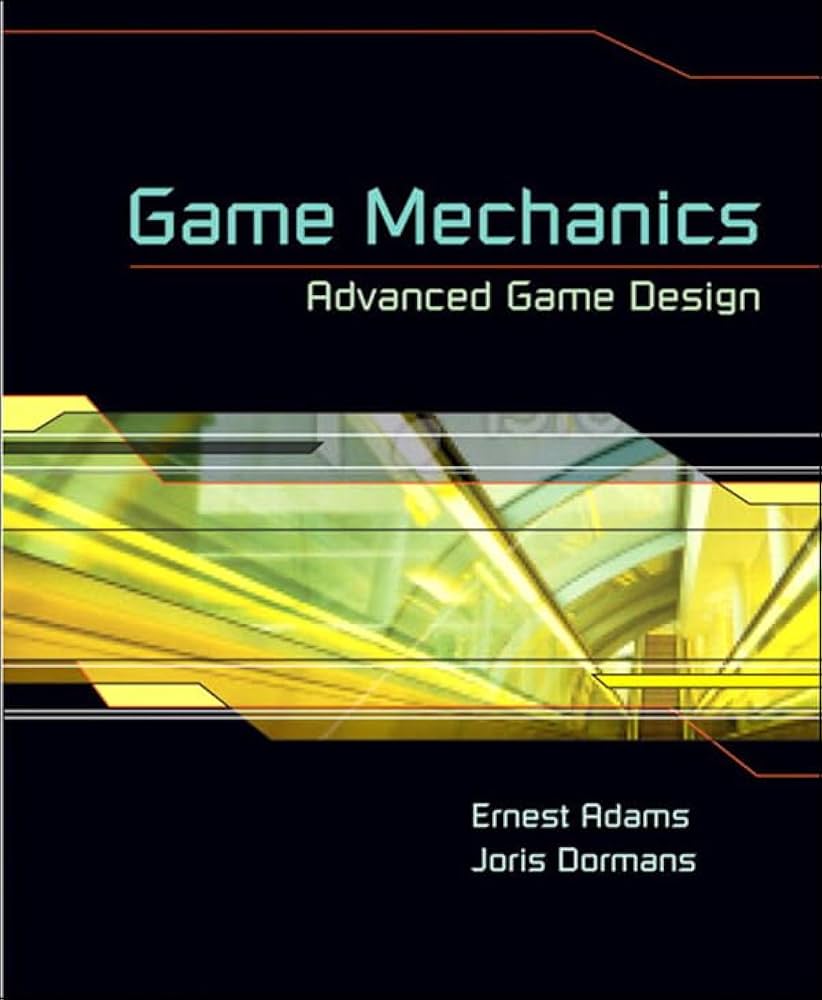
Machinations
I just finished reading Game Mechanics: Advanced Game Design. Overall, its focus is squarely on modeling game economies, rather than other types of mechanics, which do not apply as easily to the kinds of games that interest me. However there are a few tasteful tidbits in there that are well worth mentioning: The categorizations of…
-
Black ball up on Runaway Parade
Black ball is up! Pretty exciting for me. This has been a lot of work for Quentin and I over the past year, if can believe it. Not that it’s really a year’s worth of work, but just that we had a lot of false starts (originally it was a game set in ancient greece about a character…
-
Dog Eat Duck – 2nd version
Although it took quite a bit more effort, I’m glad to say that JC and I managed to update Dog Eat Duck with two major enhancements – animations and sound. Both make a big difference, and made me realize once again how easy it is to overlook incredibly important stuff. Which is not to say…